'There was a timebomb in my head': One cyclist's amazing comeback from a debilitating stroke
One year on from a devastating brain haemorrhage, Steve Curran tells us about his determination to regain mobility and return to cycling
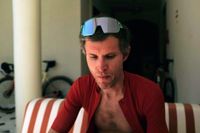
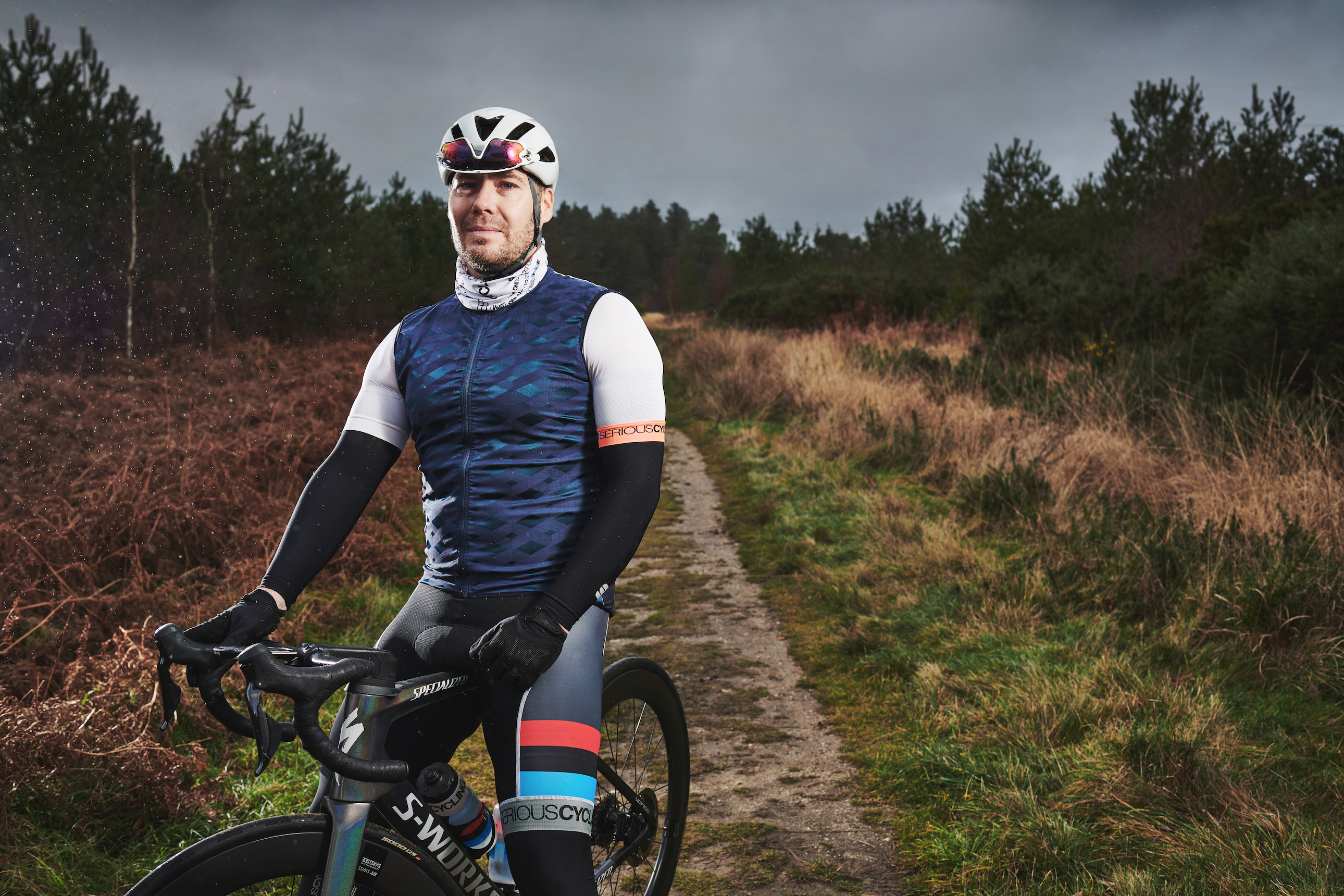
It was the day after the winter solstice, 22 December, and it started like any other Tuesday for Steve Curran. “I woke up feeling 100% normal,” he casts his mind back to that morning last winter. “I did my normal little circuit of press-ups and sit-ups that I do every morning, played with my little boy for a while, then went for a shower.” As he stepped under the steaming spray, normality suddenly slipped away.
“Instantly, like the flick of a switch, it felt like something popped in my head: instant headache and a feeling of pressure in my head.” Curran looked at his watch. “8:58. I turned the shower off. As I stepped out of the bath, my legs didn’t move quite right but I dismissed it as a slip on the wet surface.” As he dried himself, the strange sensations intensified and he knew he needed to lie down. “It’s only 13 steps from the bathroom to the bedroom, but with every one my legs were getting weaker,” he says. “I was like Bambi on Ice!”
Curran collapsed on the bedroom floor. “My hands were cramping now, I had pins-and- needles all down my right-hand side, and just couldn’t move my legs.” He looked at his watch again. “It was dead-on nine o’clock. The whole thing had taken two minutes: from onset of a headache to being on the floor unable to move anything from the waist down.” He shouted for his wife Tiffany, who ran upstairs, found him on the floor, and called 999.
There was nothing in Curran’s medical history to explain what was happening. He was 39 years old, strong and very fit – as attested by his cat-two race licence and training log of 10,000km for the year. Still, he had his suspicions. “I asked the paramedics, ‘Am I having a stroke?’ But they said they weren’t sure.” Doggedly refusing to accept help, Curran astounded the paramedics by hauling himself to the ambulance. “I slid off the bed, dragged myself across the landing, bumped down the stairs, then crawled along the hallway to the front door, where they lifted me onto the trolley.”
The ambulance rushed Curran from his home in Poole to Bournemouth hospital. Alone for the whole upheaval because of Covid-19 rules, he underwent initial assessment and was then sent for a CT scan. The results showed he had had a stroke caused by a brain haemorrhage in the part of his brain controlling movement down his right-hand side. “Am I going to die? If I don’t die, I’m never going to walk again,” he remembers thinking. “I was looking at my legs in total shock.” Doctors reassured him he was not going to die, but was going to Southampton, to the specialist neurological centre.
Once transferred, further scans gave a more detailed picture of the bleed inside his brain (see image below). The underlying cause was an arteriovenous malformation (AVM), a tangle of abnormal blood vessels connecting arteries and veins, liable to rupture. “It was basically a ticking time bomb,” says the 40-year-old. “I was likely born with it, they told me, but I’d never heard of an AVM. I thought a stroke was something that fat, unfit old people have. How had this happened to me?” There was a glimmer of hope: while in hospital he regained some movement in his legs, albeit none in his right foot. The AVM would need to be surgically removed, a consultant explained, but it was best to wait 10 days to allow the inflammation to subside – so the next day, Christmas Eve, he was sent home.
Smashing the stroke rehab
There would be no rocking around the Christmas tree, but Curran went all-in to smash his pre-op rehab objectives. One of the exercises involved standing up and raising his ‘good’ foot to relearn balancing on the impaired one. “They told me to aim for 90 reps, three sets of 30, before surgery,” he says. “After a day off on Christmas Day – when I lay on the sofa feeling sorry for myself, watching war films – I threw myself into it and did 100 reps straight off. Instead of three sets of 30, I went all-out for three sets of 100.” Every stage of progress Curran documented on Twitter, a thread now pinned to his timeline at @steve_velo.
The latest race content, interviews, features, reviews and expert buying guides, direct to your inbox!
Never accept defeat: Your life is in your hands – you have to always work for what you want and believe in, despite what others might tell you.
A positive mindset matters: Believe in what you are working towards.
Never give up: Keep going no matter what. You will see positive improvement, maybe not the next day or the day after that, but persevere and it will come.
On 4 January, the eve of his surgery, he tweeted that he had achieved all his rehab goals, adding: “Already set a goal of cycling 100 miles on 1st August 2021.” The following day Curran managed to “shuffle” unaided into hospital carrying his crutches and was feeling upbeat – until a pre-op reality check from the consultant. “He warned me, ‘This is going to be a frank conversation,’ and explained that the AVM ran the whole length of a main artery in my brain,” Curran vividly recalls the surgeon’s terrible forecast. “We’re going to have to remove the whole thing, meaning you’ll lose feeling down your right-hand side and won’t be able to move anything on that side ever again.”
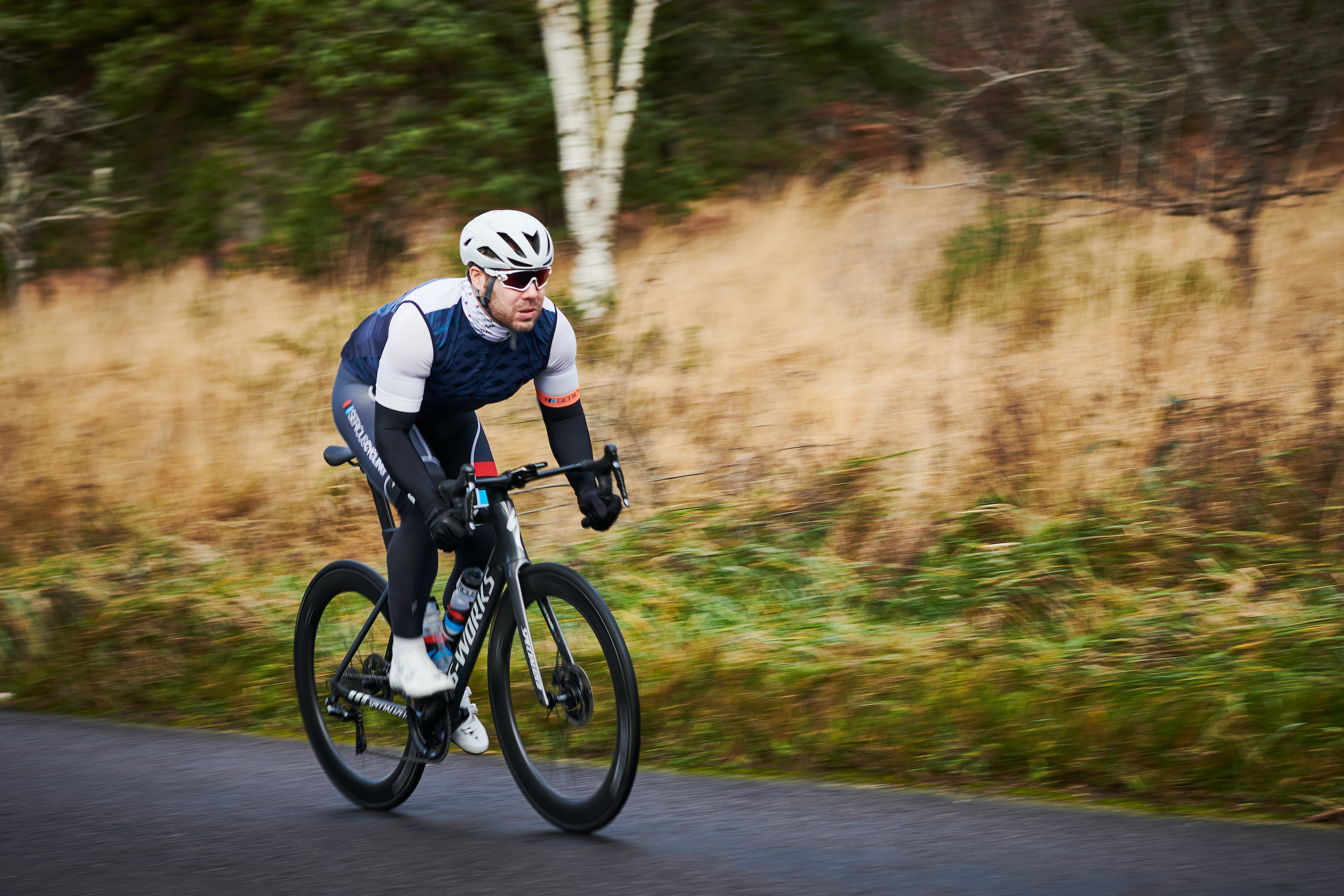
It was a devastating shock. “I started crying. I was like, ‘What? What do you mean?’ The surgeon said, ‘It’s better than dying, isn’t it?’ and I replied, ‘I don’t know, to be honest, because my life revolves around being active: surfing, skiing, cycling’.” Once he had gathered his thoughts, Curran accepted he had little choice but to trust the surgeon’s judgement, and signed the consent form. He was told the surgery would take about three hours, and was wheeled into the operating theatre at 9am.
“When I woke up in the recovery room, I looked up at the clock: 6:30 in the evening,” he recollects. “What the…? I assumed I was still away with the fairies.” The surgery had in fact taken nine hours, and Curran was about to learn why. “The surgeon came over with a smile on his face. He explained that he had taken his time, working under the microscope to painstakingly slice away the AVM while preserving the artery to protect sensory function.” The proof would be in the moving. “I lifted my right knee off the bed, and this time it stayed there – my foot was gripping the bed!” Not only had he avoided losing function, Curran appeared to have made immediate gains.
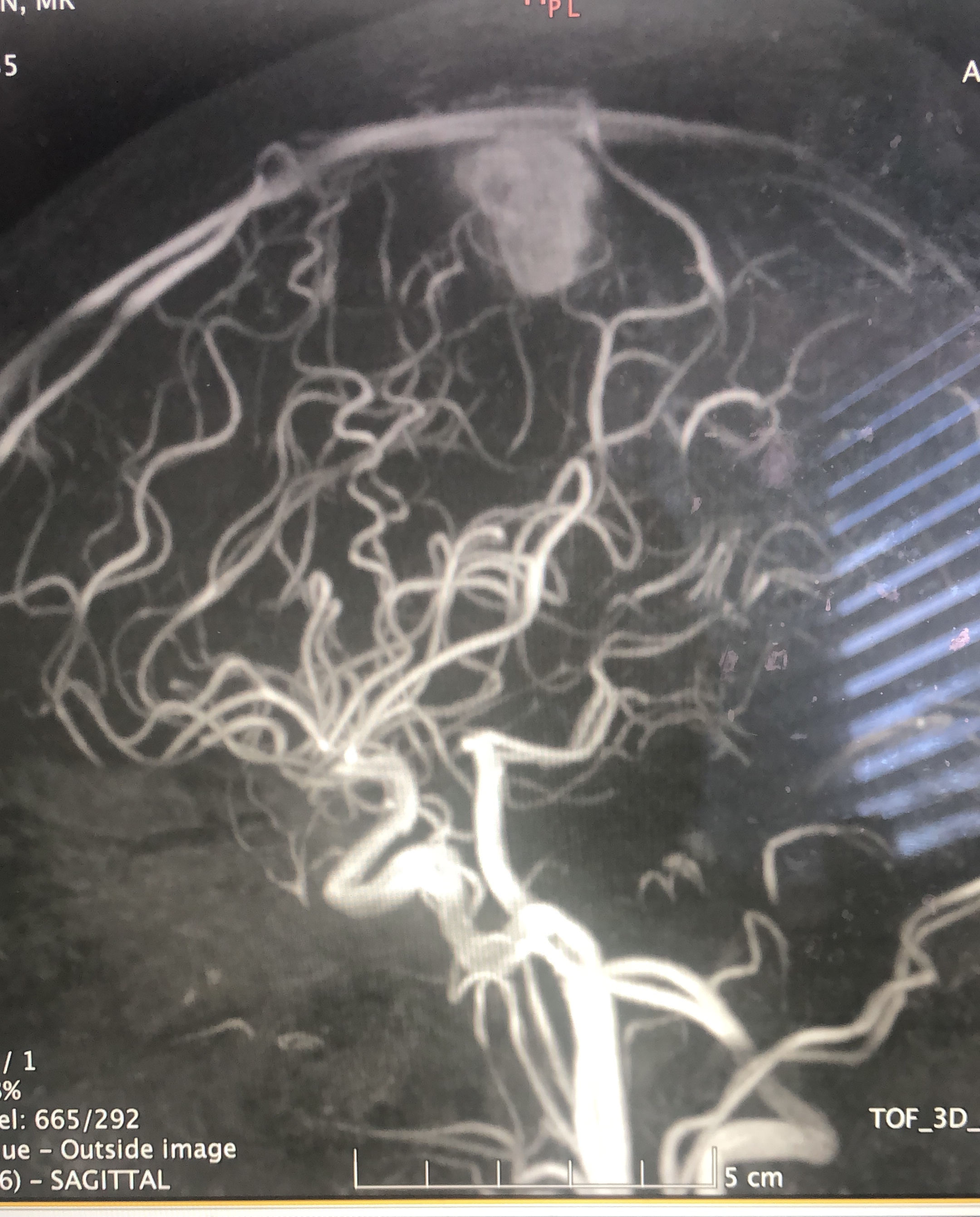
Steve Curran’s brain surgery was carried out by Diederik Bulters, consultant neurosurgeon at University Hospital Southampton – who also happens to be a keen cyclist
“Arteries and veins ordinarily don’t connect directly together, but with AVM [arteriovenous malformation] you get a big tangle of blood vessels that create a short circuit where the blood can flow under high pressure from artery into vein. Typically someone with AVM is born with it – most never find out they have it – and it’s relatively rare; the official incidence is one per 100,000.
“Aspects of Steve’s AVM were particularly challenging: it was sitting in a very sensitive part of his brain, the motor cortex, the main controller of the limbs. This meant there was no leeway in the surgery. Steve has been very determined in his rehab, and I’m sure that has made a big difference in helping him to bounce back.
“It was uncertain whether he would get back any function – he has done exceptionally well.”
Amazingly, he was discharged from hospital the following day, having demonstrated to medics that he was steady on his feet and could move around independently. “Eighteen hours after a nine-hour brain surgery, I was on my way home,” says Curran. “It was pretty surreal.” Once home he set about daily intensive rehab designed to capitalise on his brain’s plasticity to build new neural pathways and regain as much function as possible. A week later, he was back on Zwift. How did that feel? “Probably the best and worst ride of my life: only 13km but it took half an hour, at an average power of 98 watts.”
By the end of February, Curran was back riding on the road, and a follow-up scan confirmed he was healing well. Fate dealt him an extra cruel blow in August when, having noticed a mole on his back was changing shape, he was diagnosed with skin cancer – fortunately, caught in the early stages and successfully treated.
Now, at the time of writing, having regained full pedalling function in both legs, he is about to mark one year since that fateful day last December by cycling from his home to Southampton hospital and back, a round trip of 100 miles. “It was a stroke of luck – no pun intended – that I was sent to Southampton, as I was placed under the care of one of the best neurosurgeons in the world,” says Curran. “By riding there and back, I’m hoping to raise awareness of AVM and raise some money for the hospital that saved my life.”
Steve Curran is raising money for the Wessex Neurological Centre, Southampton.
This article was originally published in the 30 December 2021 print edition of Cycling Weekly. Subscribe online and get the magazine delivered direct to your door every week.
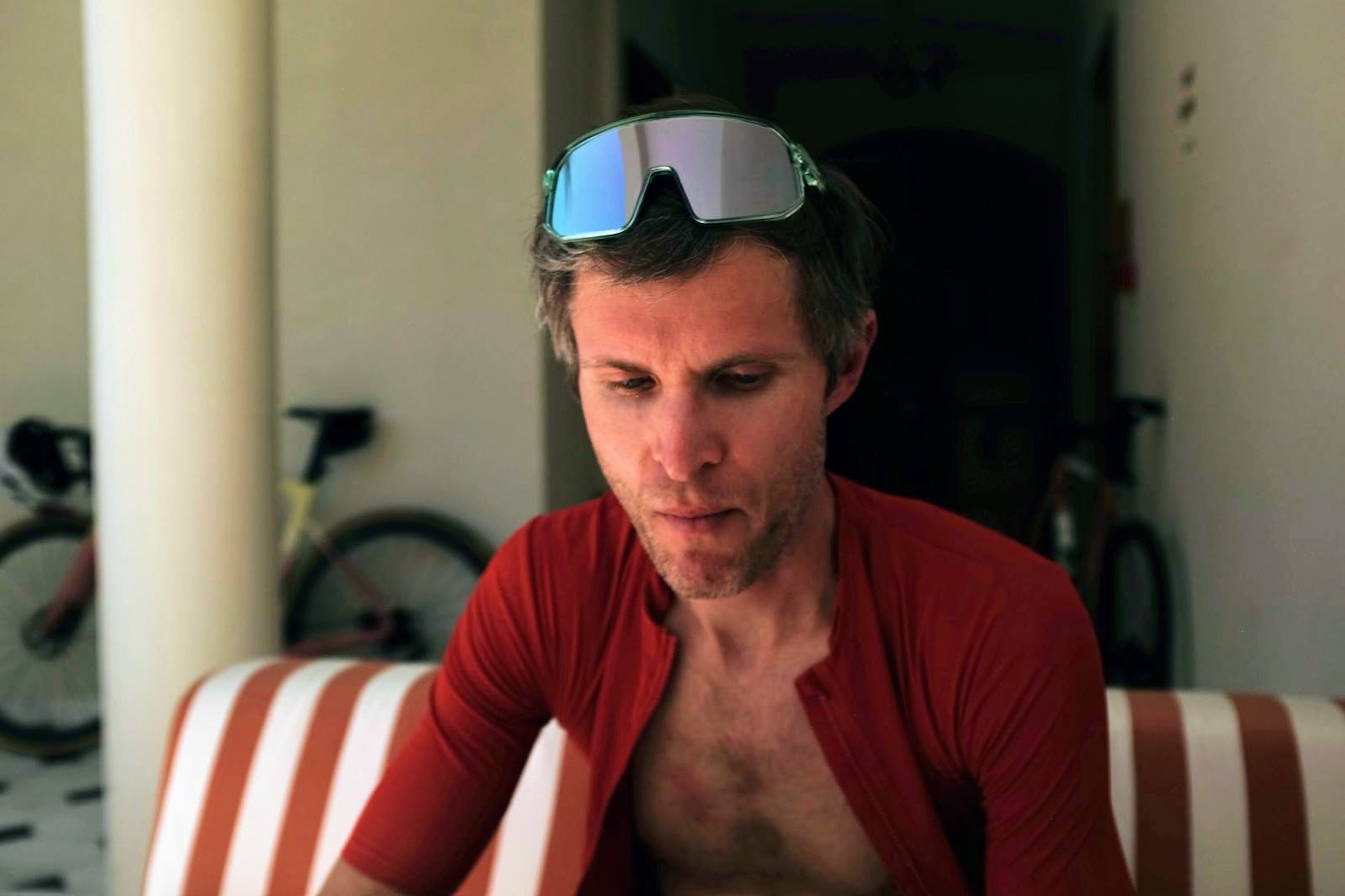
David Bradford is senior editor of Cycling Weekly's print edition, and has been writing and editing professionally for 20 years. His work has appeared in national newspapers and magazines including the Independent, the Guardian, the Times, the Irish Times, Vice.com and Runner’s World. Alongside his love of cycling, David is a long-distance runner with a marathon personal best of 2hr 28min. Diagnosed with retinitis pigmentosa (RP) in 2006, he also writes personal essays exploring sight loss, place, nature and social history. His essay 'Undertow' was published in the anthology Going to Ground (Little Toller, 2024). Follow on Bluesky: dbfreelance.co.uk